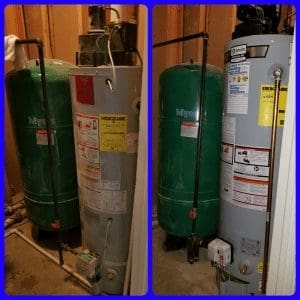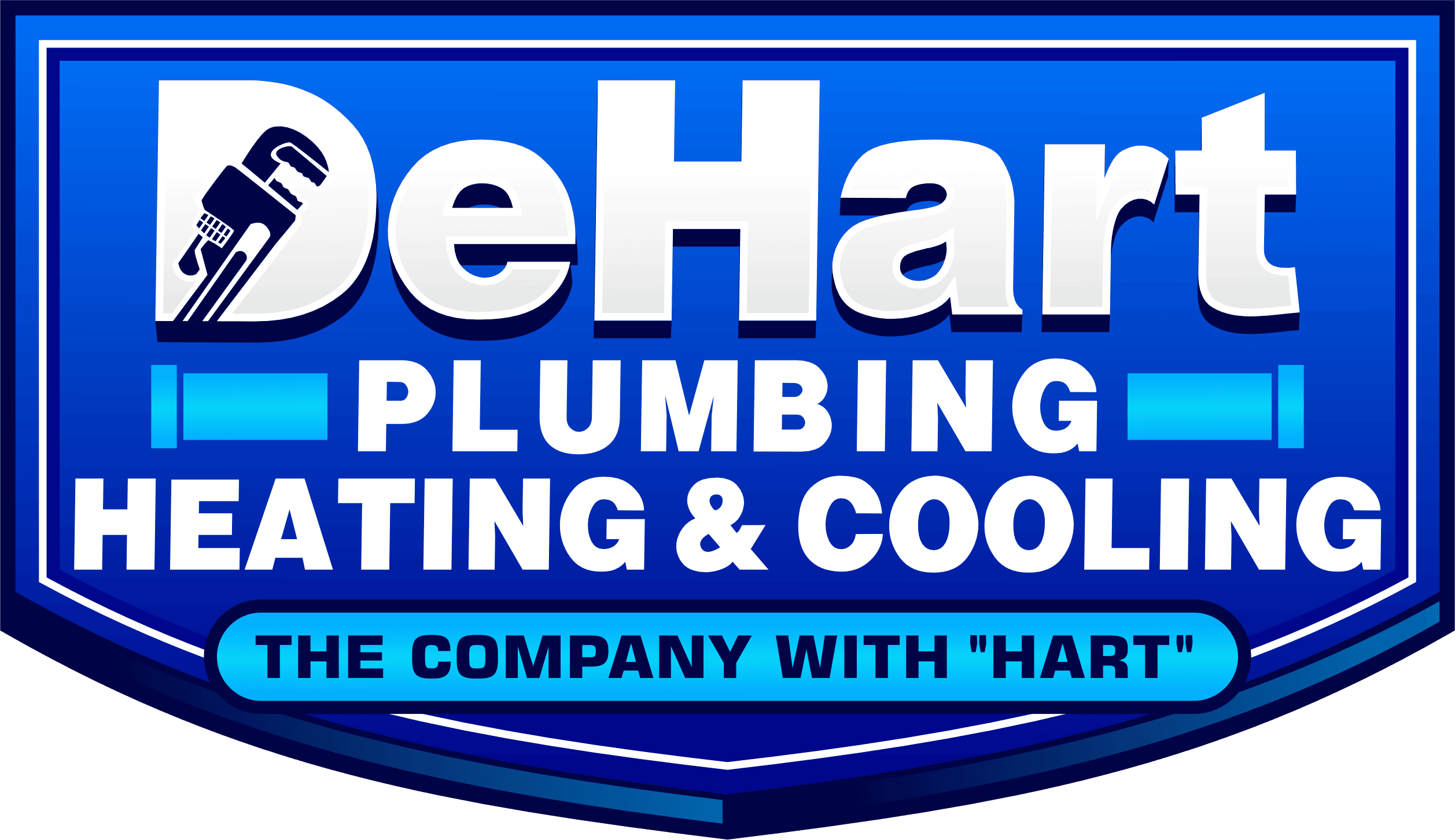 A crucial part to the comfort of your home is your water heater. Whether gas powered or electric powered, they operate basically the same way. Here are some water heater basics to know.
A crucial part to the comfort of your home is your water heater. Whether gas powered or electric powered, they operate basically the same way. Here are some water heater basics to know.
First, cold water is brought into the tank by a dip tube. In a gas-powered water heater, the gas burner will ignite from the pilot light and heat air through a metal chimney in the center of the tank, therefore, heating the surrounding water. A thermocouple is a small sensor that senses whether the pilot light is lit. If it isn’t, the thermocouple shuts off the gas flow to the burner. In an electric-powered water heater, heating elements within the tank heat the water. Finally, hot water is then moved through your home via the heat-out pipe.
A few very important components of your water heater are the Thermostat, Temperature and Pressure-Relief Valve (T and P valve), Drain Valve, and Anode Rod. The thermostat controls the temperature of your water. It’s recommended to set the thermostat to 120 degrees to help save on energy costs. The T and P valve helps protect the unit and will open and release water if the water temperature gets too hot or the pressure of the tank gets too high. The drain valve can be opened to release water and reduce sediment build-up which should be done annually for maintenance. And the anode rod is made up of a metal that will rust faster than the tank which should be replaced every 1-2 years after rusting away to prolong the life of your tank.
If you’re looking for endless hot water for your home, a tankless water heater may be something you should look into! Unlike a gas or electric powered water heater, it only uses energy when hot water is used in the home. If you’d like an estimate or have any questions about a tankless system, give us a call at 785-341-4193 today!
De Hart Plumbing Heating and Cooling, serving Manhattan Kansas, Junction City Kansas, Wamego
